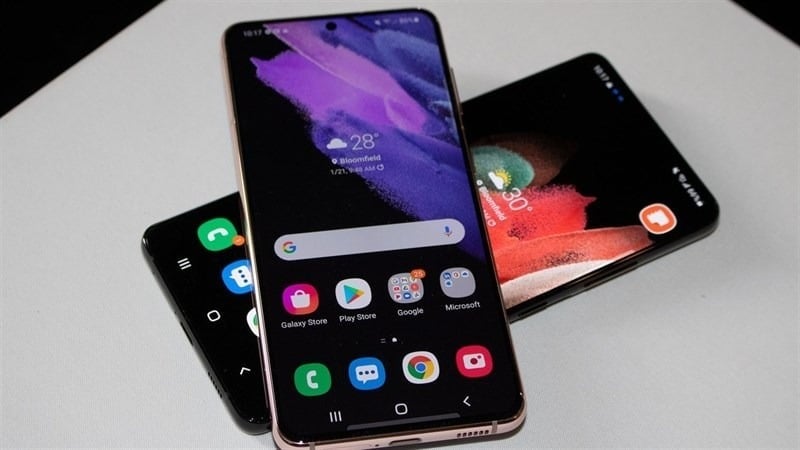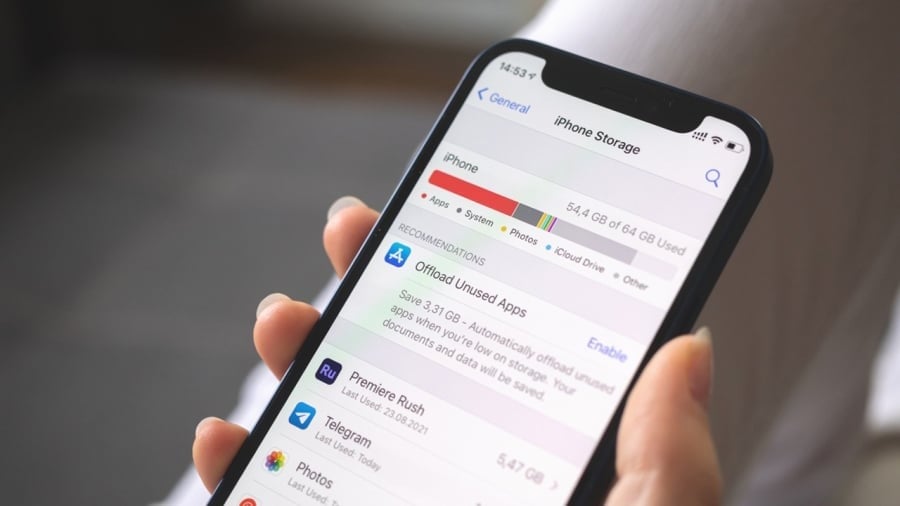Your phone’s internal memory is a critical resource for storing essential data and applications you use daily.
Even with a large capacity, your phone’s memory can fill up, causing it to slow down or malfunction. Here are some simple tips to free up space and optimize your phone’s performance effectively.
Uninstall Unnecessary Applications
Having too many apps on your phone can overload its memory. Keep only the essential apps you regularly use and uninstall those you rarely or no longer use. This not only frees up memory space but also streamlines your phone’s interface, making it easier to manage and improving your device’s performance.
Clear the Cache
While the cache memory boosts access speed to apps and data, a full cache can hinder your phone’s performance. You can clear the cache by following these steps:
Open Settings on your phone.
Go to Internal Storage and choose Clean Files (this may vary and be named Cache Data, Saved Data, or Clear Files depending on your device).
Your phone will automatically scan and delete unnecessary data from the cache, freeing up storage space and improving your device’s speed.

Delete Unnecessary Files
Images, videos, audio, and documents can take up a significant amount of space. Delete any unnecessary files or back them up to cloud storage to free up space. For instance, on Android phones, the Download folder contains all the files you’ve downloaded. Clearing out this folder can significantly reduce the burden on your memory and improve your phone’s performance.
Delete Old Messages and Notifications
Messages and notifications also occupy memory space. Optimize your storage by deleting unimportant messages and notifications or setting them not to be stored long-term on your phone.
Transfer Data to a Memory Card
If your phone supports external memory cards, move images, videos, and documents to the card to reduce the load on your internal memory.
Update Your Software
Updating your phone’s software not only enhances its performance but also patches security vulnerabilities and introduces new features, ensuring your device operates more smoothly and stably.

Utilize Cloud Storage Services
If you want to keep important data but still need to free up internal memory, consider storing your files on cloud services like Google Drive, OneDrive, or Dropbox.
Disable Unused Features
To reduce the burden on your memory and battery, disable unused features such as Wi-Fi, Bluetooth, GPS, and NFC when not in use.
Use Memory Management Software
In addition to built-in tools, you can also use third-party software to automatically clean and optimize your phone’s memory more efficiently.
Implementing these strategies will help you better manage your phone’s memory, improve its performance, and save you time in your daily usage.
4 Reasons Why You Shouldn’t Upgrade Your Phone Every Year
“In this era of thriving technology, the annual ritual of upgrading our smartphones has become a habit for many. But is it truly necessary? With each passing year, we witness a plethora of new smartphone models hitting the markets, boasting improved features and specifications. However, it begs the question: is it worth the hype and our hard-earned money? Let’s delve into the world of smartphones and explore whether an annual upgrade is a necessity or just a costly trend.”






































